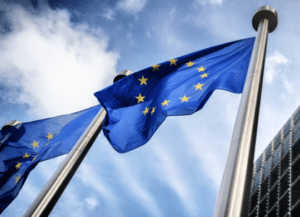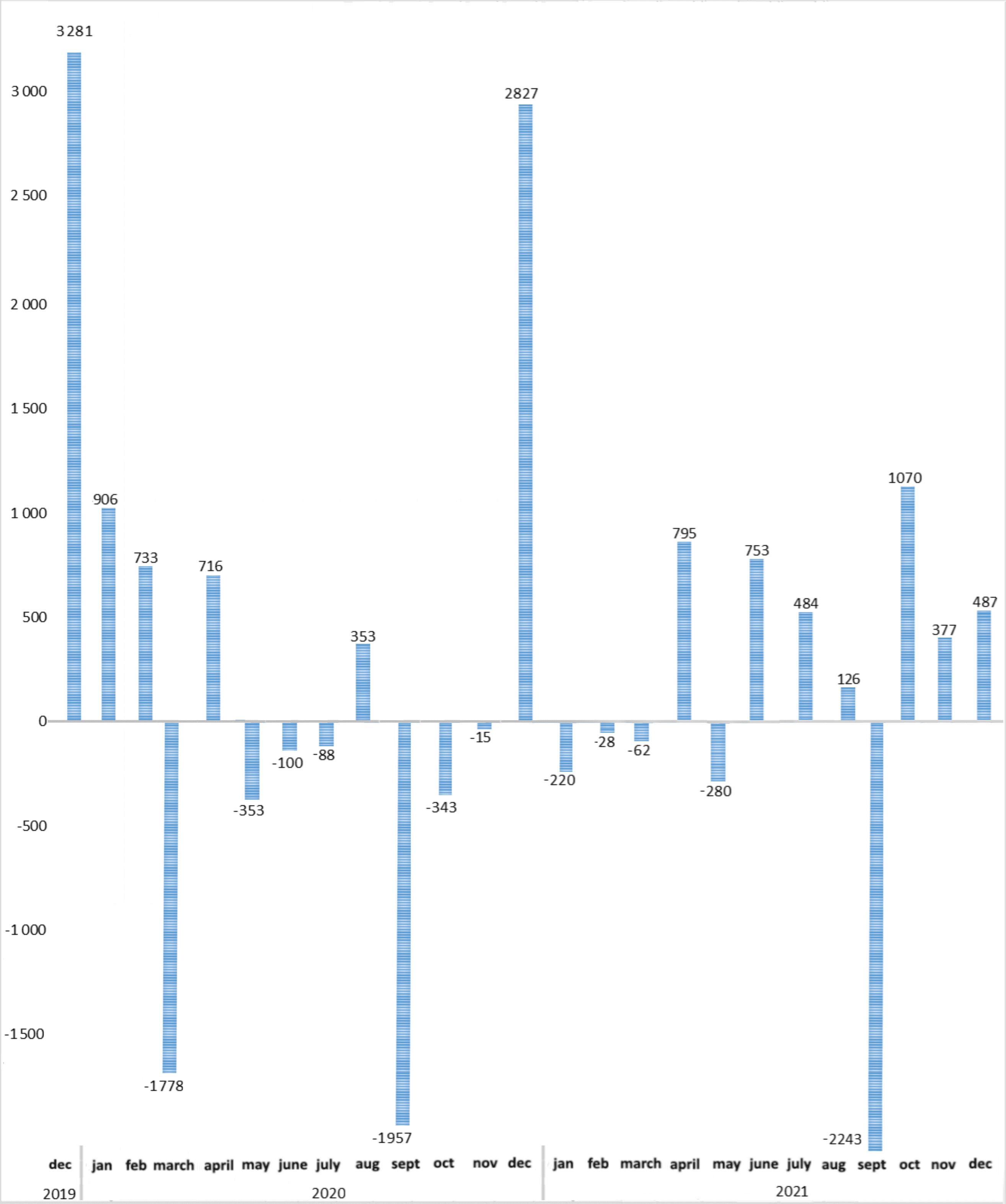
Gas Transport System Operator of Ukraine (GTSOU) has accepted a request from Gazprom for Wednesday to transport 53.9 million cubic meters of gas through the country, up from 48.8 mcm on Tuesday, data from GTSOU show.
The capacity was requested only through one of two entry points into Ukraine’s Gas Transmission System, the Sudzha metering station. A request was not being accepted through the Sokhranivka metering station.
“Gazprom is feeding Russian gas for transit through Ukraine’s territory in the amount confirmed by the Ukrainian side through the Sudzha gas metering station – 51.6 mcm for May 18. The request for the Sokhranivka gas metering station was declined,” Gazprom spokesman Sergei Kupriyanov told reporters.
GTSOU declared a force majeure in regard to accepting gas for transit through Sokhranivka, citing the fact that it cannot control the Novopskov compressor station.
Market
As prices decrease on the market, Europe’s liquefied natural gas (LNG) imports are beginning to fall somewhat in May from the record high of April, when the European gas transport system took in 10.651 billion cubic meters or 355 mcm per day from LNG terminals. As of the last reporting date, May 16, use of regasification capacity at European terminals was at 63%, which is far from the peak of 77% at the end of April.
The region is continuing to inject gas into underground gas storage (UGS) facilities, reserves in which now stand at 40.52%, up by 0.45 percentage points from a day earlier, data from Gas Infrastructure Europe show. Reserves in Europe’s UGS currently lag 3.5 percentage points behind the five-year average.
Injection into UGS in April was slowed by high prices for imported gas, but in May imports from Russia increased and the pace increased. In the first 16 days of May, the pace of gas injection into UGS exceeded the five-year average by 48%, compared to just 12% in April.
Europe imposed tight regulation of the use of UGS this year. Reserves are supposed to be at least 80% of UGS capacity by the start of the offtake season in 2022 and subsequently increase to 90%. However, European Union officials continue to oppose Russia’s new conditions for paying for gas. This could lead to the suspension of supplies to other countries as has already happened with Poland and Bulgaria, and makes it harder to fulfil this directive.
Wind power contributed almost 17% of electricity generation across the European Union in the week from May 9 to 15. The figure dropped to 12% in the first two days of the new week, data from WindEurope show.

The EU Advisory Mission to Ukraine (EUMM) has returned to the mission’s headquarters in Kyiv.
“Forced to evacuate from Kyiv, as well as from all field offices in Ukraine in connection with the full-scale Russian invasion on February 24, demonstrating its full support and commitment to Ukraine, the mission joins a number of EU member states and institutions and returns to Kyiv,” the mission reads. message on the EUMM website on Wednesday.
The mission noted that the first group of advisers, both international and Ukrainian, will conduct a needs assessment together with key partners of the mission. Based on this assessment, and in the event that security conditions remain favorable, the intention is to gradually increase the EUMM presence in Ukraine over the summer.
“As EUMM tasks are expanded to include advice on the investigation and prosecution of international and war crimes, this first core team deployed to Kyiv will consist, among others, of criminal investigation advisers who will work closely with the Office of the Prosecutor General of Ukraine,” – explained in the ECMS.

The flow to enter Ukraine through its western border for eight days in a row after May 9 exceeds the flow to exit, the total net inflow to Ukraine over these days amounted to 61 thousand people – these are record figures since the beginning of the war.
According to the State Border Service on Facebook, on May 17, more than 31,000 people left Ukraine, as the day before, while the number of arrivals in the country was 37,000 against more than 41,000 the day before.
The agency clarified that over the past day the number of registered vehicles with humanitarian cargo increased to 239 after falling to 150-190 in the previous two days.
According to the Polish Border Service on Twitter, on May 17, 26 thousand entered Ukraine from the country, while the day before – 26.8 thousand. In the opposite direction, the flow amounted to 20 thousand compared to 19.2 thousand the day before.
In total, as indicated by the Polish border agency, since the beginning of the war, 3.442 million people have arrived from Ukraine to Poland, and 1.358 million people from Poland to Ukraine.
According to the UNHCR, as of 13:00 on May 16, a total of 6.267 million people left Ukraine since the beginning of the war (excluding the entry flow), of which 3.377 million went to Poland, 977.91 thousand to Romania and Moldova, and 850 to Russia. .53 thousand, Hungary – 610.08 thousand, Slovakia – 424.03 thousand, Belarus (data for May 12) – 27.31 thousand.
At the same time, according to the State Border Service, 1.821 million people have entered Ukraine by this date since February 28.

The Ministry of Finance of Ukraine at the primary auctions for the placement of military bonds on Tuesday, May 17, was able to attract UAH 7.46 billion, which is 57.4% more than a week earlier, when the Ministry of Finance managed to achieve only partial refinancing of payments on earlier issued papers.
As reported on the agency’s website, this was possible due to the growth in sales of 18-month bonds, first offered last week: if then their sales amounted to UAH 87.2 million, then this Tuesday it was UAH 3.86 billion, and the number of applications increased from 19 to 29.
Almost the same number of bonds maturing in three months were sold as at previous auctions – by UAH 1.32 billion, while sales of six-month bonds decreased to UAH 2.27 billion from UAH 3.35 billion a week earlier, with a decrease in the number of applications from 46 up to 37.
Despite the call of the National Bank to think about raising rates, the Ministry of Finance kept the rates on all bonds at the same level: three-month – 9.5%, six-month – 10% and 18-month – 11.5% per annum.
Dynamics of balance of payments of Ukraine (USD mln)

NBU